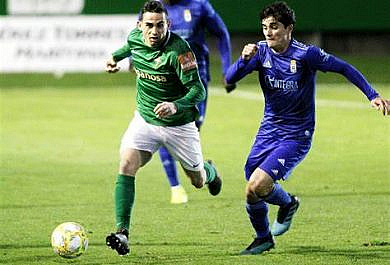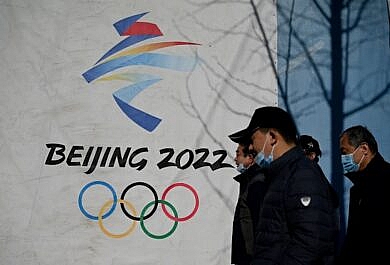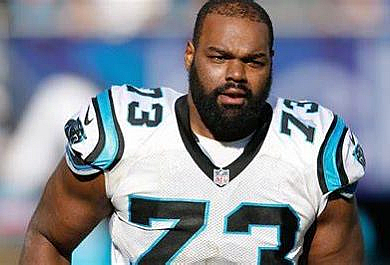A labor dispute has paralyzed Major League Baseball. The lockout threatens a second disruption to regular play in three years after COVID-19 delayed and shortened the 2020 season.
Background
- All monetary aspects of Major League Baseball are governed by 5-year collective bargaining agreements (CBAs) between MLB and the Major League Baseball Players Association (MLBPA), the players’ labor union.
- Lockouts and strikes are both types of work stoppages used for leverage in labor negotiations. A lockout is a where the league doesn’t permit the players to work, while a strike is where the players refuse to work.
- A lockout is meant to push players into negotiating as no contact of any kind between teams – including free agency – and players is permitted until a new deal is concluded and players don’t get paid in the offseason.
- The 2021-2022 lockout is the ninth work stoppage in MLB history (five strikes, and now four lockouts) and the first since the 1994-1995 strike forced the cancellation of the 1994 World Series.
- MLB lockout comes after two pandemic-affected seasons that resulted in billions in losses stemming from unsold tickets, concessions, parking, seat licenses, merchandise, corporate sponsorships, and lost local and national media revenue.
Why MLB Initiated the Lockout
- MLB initiated what it called a “defensive lockout” on December 2, 2021, when the 2016 CBA expired. MLB Commissioner Rob Manfred said this was prompted by a desire to force action in negotiations and protect regular-season games.
- Owners generally want to preserve the status quo and believe MLB players currently have “the best deal in professional sports” due to the lack of a salary cap. The expired CBA was, per one media report, “wildly profitable and beneficial to owners.”
- Arbitration and the minimum salary (for players making over $500,000) are two of the chief areas of dispute.
- MLB proposed a performance-bonus pool for players not yet eligible for salary arbitration (those less than 3 years of service time in MLB or not in top 22% of second year players). These players with the highest WAR (wins over average replacement – their value-add) and who win major awards could get pay bumps as high as 385%.
What the Players Want
- MLBPA executive director Tony Clark said of MLB’s decision, “it seems as if the league has been more interested in the appearance of bargaining than bargaining itself,” calling the lockout “unnecessary and provocative.”
- Superstar pitcher Max Scherzer summed up the players’ position saying, “Unless this CBA completely addresses the competition (issues) and younger players getting paid, that’s the only way I’m going to put my name on it.”
- Players want to both split game revenue 50-50, but not tie compensation directly to league revenues, calling that a de facto cap system. Essentially, players want to have their cake and eat it too: they want to use the free market when it benefits them, while having a 50/50 guarantee revenue split in case revenue declines so they’re not hurt if the league loses money.
- By comparison, the NBA sets total league salaries as a percentage of league revenue. MLB players’ salary system is a legacy of the 1994-1995 strike and are some of the most generous in professional sports.
- The players seek to reverse the declining average player salary (which fell 4.8 percent in 2021) that mostly affects players outside the top 100. Average salary is roughly $4 million and players are frustrated this hasn’t kept up with team revenues.
- They also seek changes to practices including service-time manipulation (holding back a prospect to delay eligibility for a year) and “tanking” – when teams deliberately suppress payroll (e.g. the Pittsburgh Pirates).
- Per the New York Times, “players want a series of improvements including getting younger players (who are cheaper and have been relied upon more) compensated sooner in their careers, allowing players to reach salary arbitration and free agency sooner, and forcing teams to be more competitive through a series of measures including changes to the amateur draft.”
- Both owners and players want to change the league’s competitive balance but disagree on how to achieve that goal.
Where Does MLB Go from Here?
- A sports labor expert told the New York Times that an off-season lockout initially left power in the hands of the league, but if it dragged into February – like it has – the advantage would shift to the players.
- MLB delayed spring training a week on Feb. 18, pushing it back to March 5 as the dispute drags on.
- The players association disagreed with MLB’s decision, rejected proposals for federal mediation and blamed the delay in spring training on what they characterized as MLB’s refusal to negotiate.
- The lockout comes at a perilous time for the league. Attendance hit a 37-year low in 2021 and home viewership was down 12 percent since 2019. MLB has the oldest average fan age of any major league (57) compared to the NFL (50), NBA (42) and NHL (49).
- Negotiations resume Monday. MLB declared Feb. 28 is the latest day an agreement can be struck without delaying Opening Day, currently scheduled for March 31.
© Dominic Moore, 2022





